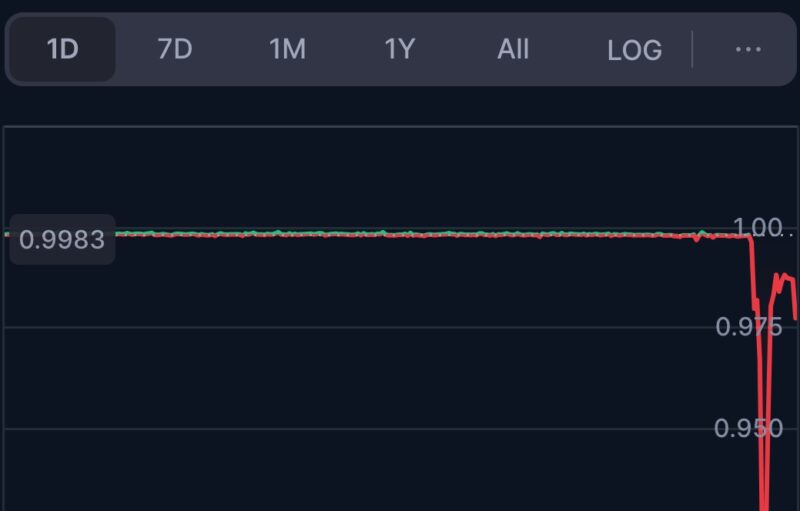
The global luxury jewelry industry and the mining industry are exploring blockchain technology to improve efficiency, tracking of materials, and enhancing transparency. Most importantly, the aim of using blockchain technology includes protecting miners’ health and the environment.
NYT: “Blockchain Is a Growing Niche Within the Global Jewelry Industry”
The World Gold Council indicates that the extraction of gold by artisanal and small-scale gold mining (ASMG), includes ills ranging from funding and participation of illegal armed groups and the use of mercury in the environment.
In this connection, the jewelry and mining industry expect to use blockchain technology to ensure the ethical provenance of gold extracted by ASMG.
Undoubtedly, Bitcoin’s blockchain technology can bring the security, assurance, transparency, and immutable trust required to track gold from the mine to the jewelry customers while protecting the health of miners. Geneva Abdul of The New York Times explains,
“Even though blockchain relies on trust — it is only as good as the quality of the information going in — the system also would paint a digital picture for consumers. It would tell them not only where the gold was mined, but also who did the work, what their working conditions were, and how much they were paid.”
Blockchain is already disrupting the almost $280 billion global jewelry industry. As Jorgen Sandstrom, Head of the Mining and Metals Industry, World Economic Forum, points out,
“The integration of blockchain technology into the jewelry industry is an increasing trend.”
Small‐Scale Gold Mining Is the Largest Mercury Polluter
Besides, human rights violations and environmental concerns plague ASMG operations. Most detrimental to human health and the environment is the use of mercury.
Indeed, artisanal and small‐scale gold mining is the largest source of mercury pollution on the planet, according to Dr. Louisa J. Esdaile and Dr. Justin M. Chalker.
As a result, in 2013, the United Nations declared the Minamata Convention on Mercury to protect humans and the environment from anthropogenic emissions and releases of mercury and its compounds.
On the other hand, last October, the World Economic Forum’s mining and metals industry group, which comprises seven leading metal and mining companies, agreed to join efforts to explore how to use blockchain technology to improve transparency, efficiency, tracing of materials, and reducing emissions.
What do you think of using blockchain technology in the jewelry and mining industry? Let us know your comments below.
Image via Shutterstock
The Rundown
The post appeared first on Bitcoinist






